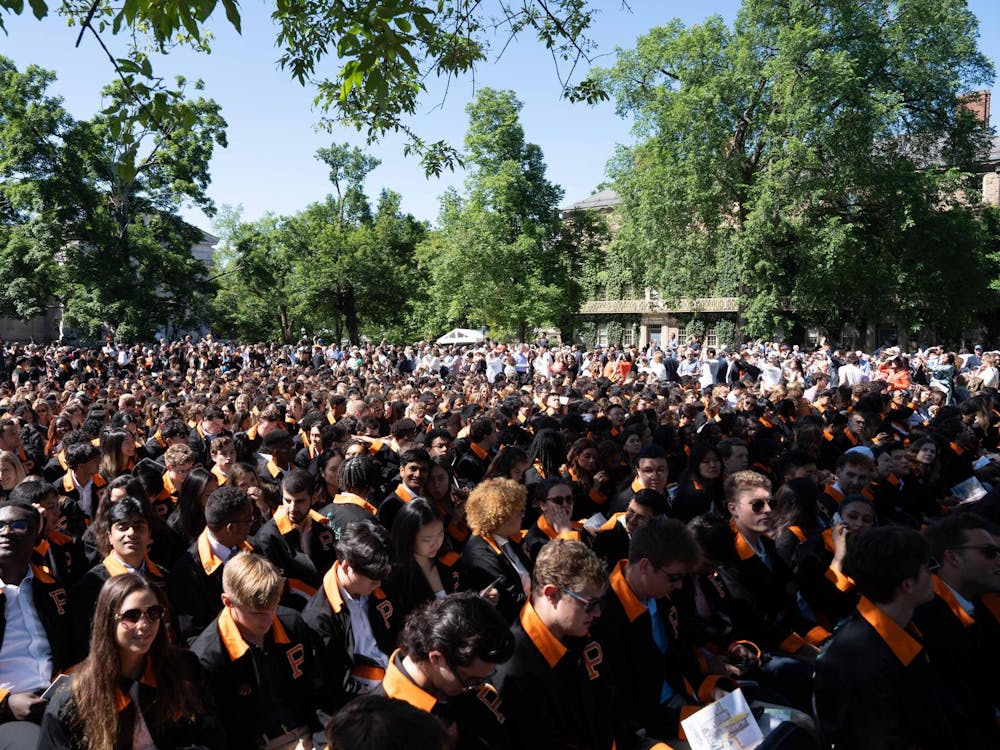Last spring, affirmative action came under scrutiny at Princeton. The University is involved in a lawsuit over the release of admissions practices, and my fellow columnist Hayley Siegel argued that “Princeton engages in discriminatory admissions policies under the pretext of ‘affirmative action’ despite having lost sight of the goals that the concept was originally intended to promote.” Siegel cites the University’s ostensible Asian quota and lack of focus on socioeconomic inequality as indicators of a failure of affirmative action policy.
This debate has been stoked by the Trump administration. The administration is also now pursuing a lawsuit against schools on the basis that they unfairly discriminate against Asian-Americans (and of course, white Americans). Consequently, this issue has been thrust into the national spotlight, as Nancy Leong discusses in this Washington Post piece.
I intend to defend the University’s affirmative action policies by placing them in their definitional and historical context. Calling affirmative action racist is a long, time-honored tradition among its opponents. Yet arguments like these do not take the time to properly understand affirmative action, its importance, nor its context at the University.
A simple but effective way to unpack affirmative action is to begin with its definition. Merriam-Webster defines affirmative action as “an active effort to improve the employment or educational opportunities of members of minority groups and women ... also: a similar effort to promote the rights or progress of other disadvantaged persons.” It is important to proactively improve the opportunities of members of historically disadvantaged minority groups. This is best understood by revisiting the origins of the inequalities that affirmative action seeks to correct.
The history of the United States has been characterized by the exploitation, repression, or ill treatment of various minority groups, including but not limited to African-Americans, women, Native Americans, Asian-Americans, Latin Americans, and LGBTQ+. Because of historic and deep-set structural issues in our country and its culture, these disadvantaged minorities remain structurally handicapped by the effects of the prejudice and discrimination they faced, and the continued existence of prejudice today. When one group of people has experienced the negative effects of policies and institutions such as slavery, segregation, Jim Crow, and systemic exploitation, while another group has benefited, one cannot argue that the contemporary state of affairs is at all equitable.
It is this history that affirmative action seeks to correct for. Affirmative action discriminates against the white majority, not as an act of retribution, but as a means to restore equity between races. I deliberately use equity here in place of equality, for an important reason. Consider the metaphor of the race. Two runners race from point A to B. If they both start at point A, and race to B, we call this “fair.” But this is not the situation we have inherited. If whites start the race at point A, historically disadvantaged minorities start at point C — a place well behind point A. The race is neither fair nor equitable. Perhaps it may be in a sense equally fair to let both race from their starting positions, but to be equitably fair, we ought to take actions to make point C and point A coincident.
When properly considered in its historical and moral context, the importance of affirmative action should not be lost on any of us. Nor will race-blind, need-based admissions service this need. It is entirely possible that a race-blind, need-based system would produce a socioeconomically diverse student body that remained unrepresentative of U.S. racial demographics, because it wouldn’t consider other very real disadvantages.
One thing that is clear is that the University’s admissions does fail in constructing racially representative classes. If one compares the demographics of the Class of 2021 to the demographics of the United States as a whole, it is clear that the University fails to create (at least by this metric) an accurately diverse class. Although it is difficult and imprecise, I exclude the University’s international population in the following analysis. The demographic breakdown of the United States is 63.7 percent white, 4.7 percent Asian-American, 16.3 percent Hispanic or Latino, 12.2 percent African-American, 1.9 percent multiracial, and 0.15 percent American Indian. The Class of 2020 (excluding internationals) is 50.4 percent white, 22.4 percent Asian-American, 10 percent Hispanic or Latino, 9 percent African-American, 5.6 percent multiracial, and < 1 percent American Indian.

Hence, white Americans are 21 percent underrepresented. African-Americans are 26 percent underrepresented, and Hispanics and Latinos are 39 percent underrepresented. In contrast, multiracial Americans and Asian-Americans are overrepresented by 195 and 377 percent, respectively. This is not to say that Asian students are not being unfairly disadvantaged in the admissions process, nor that socioeconomics should not play an important role in the admissions process. Moreover, if socioeconomic diversity is important — which I agree that it is — affirmative action can be used to properly adjust for these characteristics as well. But it is clear that there are significant disparities in U.S. demographics and Princeton’s demographics that merit explanation and, likely, affirmative correction.
I am not defending Princeton’s admissions policy, which fails to achieve a demographically representative class either racially or socioeconomically. But abolishing affirmative action would not be an improvement. Arguments that do not understand the historical and moral dimensions of affirmative action are dangerously ignorant of its importance.
Ryan Born is a junior in the philosophy department from Washington, Mich. He can be reached at rcborn@princeton.edu.








